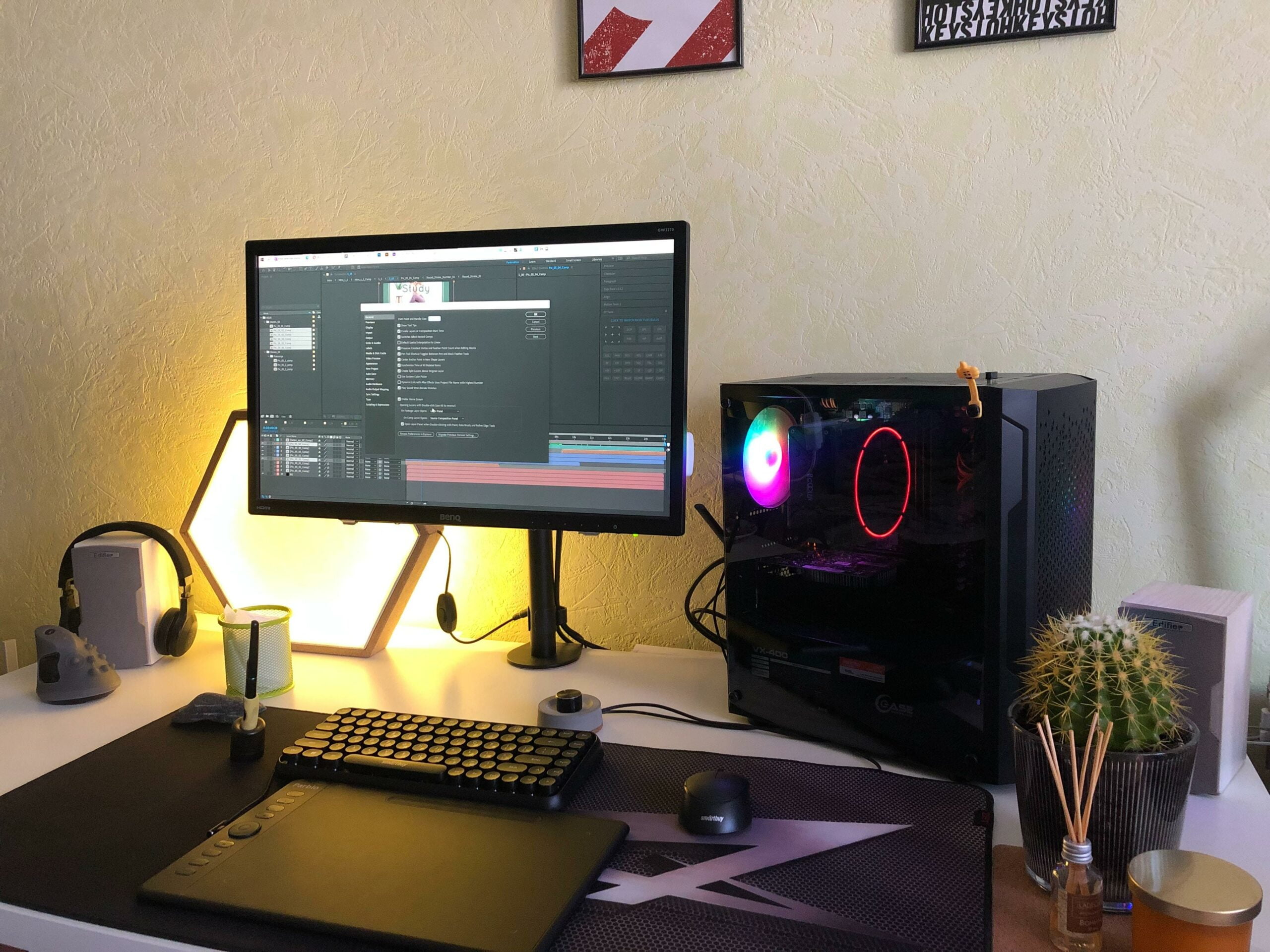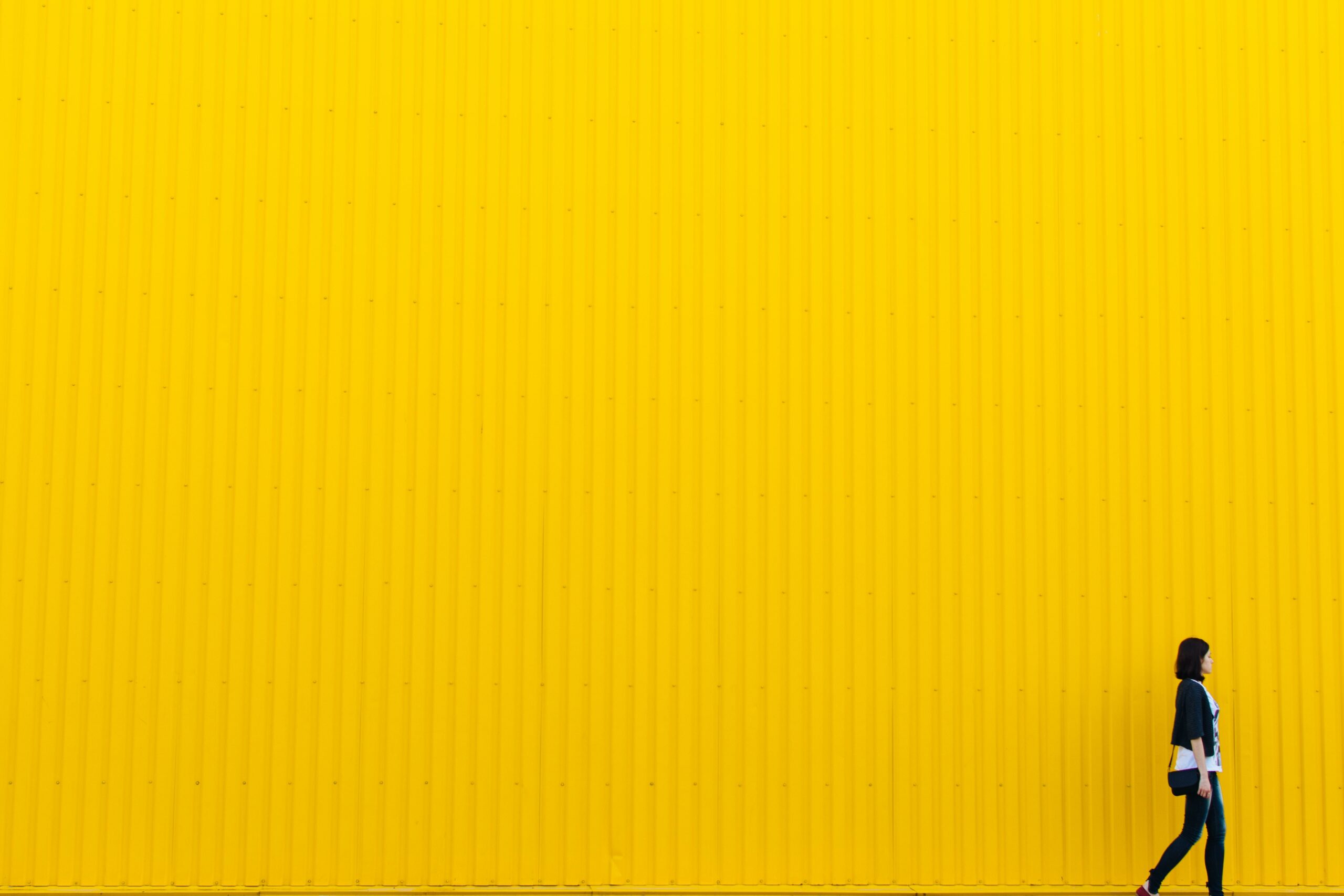Are you ready to dive into the captivating and mesmerizing world of animation? Look no further! In this article, we will take you on an exciting journey as we explore the animation industry and uncover some mind-blowing fun facts. From the early pioneers of animation to the cutting-edge techniques used in modern-day animated films, we will unravel the secrets behind this dynamic and ever-evolving industry. So, fasten your seat belts and get ready to be amazed by these 10 fun facts about the animation industry!

Fun Facts About the Animation Industry
Animation is a mesmerizing art form that has captivated audiences for decades. From the early days of hand-drawn animations to the cutting-edge technology of computer-generated imagery (CGI), the animation industry has evolved and transformed. In this article, we will explore some fascinating and fun facts that shed light on the incredible world of animation.
- Ariel from The Little Mermaid had a real-life counterpart.
Did you know that the Disney animators drew inspiration from a real-life model when creating the iconic character Ariel? Sherri Stoner, who co-wrote the script for the animated film, served as a live-action reference for the animators. Through her performances and gestures, she brought the beloved mermaid to life on the big screen.
“Animating Ariel became a seamless combination of Sherri Stoner’s performance and the skills of the animators, resulting in a character that continues to enchant audiences to this day.”
- Mickey Mouse is considered a knock-off.
It may come as a surprise, but Mickey Mouse, one of the most recognizable cartoon characters in history, was actually inspired by another popular character. Walt Disney created Mickey after losing the rights to Oswald the Lucky Rabbit, a character he had previously created. To fill this void, Disney and his team developed a character that would become a cultural icon and the face of the Disney empire.
“While Mickey Mouse may initially seem like an original creation, he was born out of Walt Disney’s determination to overcome adversity and create a character that resonated with audiences on a whole new level.”
- A zoetrope can make a model simulate animation before your eyes.
Before the age of animation as we know it today, there were devices like the zoetrope, which allowed people to witness animations come to life. The zoetrope is a cylindrical device with vertical slits on the sides and a strip of images placed on the inside. When the zoetrope spins rapidly, the images appear to move, giving the illusion of animation. It was an early precursor to the magic of animation.
“The zoetrope exemplifies the ingenious ways in which humans have sought to create the illusion of movement, a key element in the art of animation.”
- Animators on How To Train Your Dragon had to attend flight school.
To create the breathtaking flight sequences in the animated film How To Train Your Dragon, the animators went above and beyond their usual studio work. They actually attended flight school to study the physics and dynamics of flight. This hands-on experience allowed them to accurately depict the exhilarating airborne scenes that brought the dragons to life on the screen.
“The animators’ dedication to their craft shines through in How To Train Your Dragon, where their flight school experience translated into awe-inspiring sequences that make us feel like we’re soaring alongside the majestic dragons.”
- The vast majority of claymation characters have skeletons.
In the world of claymation, creating characters that can withstand the demands of stop-motion animation requires a bit of structural engineering. To ensure that the characters maintain their shape and stability during the filming process, animators often use metal armatures, which are essentially internal skeletons. These armatures support the clay and allow the animators to achieve the smooth and fluid movements we see on screen.
“While claymation characters may appear soft and pliable, their hidden skeletons give them the strength to withstand the meticulous work of stop-motion animation, resulting in characters that seem to come to life before our eyes.”
- The father of animation is considered to be Georges Méliès.
Long before the likes of Walt Disney and Hayao Miyazaki, there was Georges Méliès, a pioneering filmmaker who is often hailed as the “father of animation.” Méliès, a magician-turned-filmmaker, introduced groundbreaking techniques such as stop-motion animation and special effects. His visionary work laid the foundation for the future of animation.
“Georges Méliès was a true visionary who pushed the boundaries of filmmaking and paved the way for the animated wonders we enjoy today. His contributions continue to inspire animators around the world.”
- The first animated movie was released in 1925.
Animation has a rich history that dates back to the early days of cinema. The first full-length animated film, The Adventures of Prince Achmed, was released in 1925 by German animator Lotte Reiniger. This enchanting film used intricate cut-out silhouettes to tell a magical tale, leaving a lasting mark on the animation industry.
“As we look back at the rich tapestry of animated films, we owe a debt of gratitude to Lotte Reiniger for her pioneering work, which laid the groundwork for the future of animated storytelling.”
- An animated cartoon is always different in style and content.
One of the remarkable aspects of the animation industry is its ability to constantly reinvent itself. From traditional hand-drawn animation and stop-motion to computer-generated imagery (CGI) and experimental styles, the world of animation is incredibly diverse. Each animated cartoon brings a unique artistic vision to life, offering a never-ending array of styles and content.
“The animation industry is a vibrant and ever-evolving landscape, where creativity knows no bounds. From whimsical tales to thought-provoking stories, each animated cartoon is a testament to the power of imagination and innovation.”
The world of animation is a captivating realm filled with incredible stories and astonishing artistry. From the imaginative characters that entertain us to the groundbreaking techniques that bring them to life, animation continues to push the boundaries of storytelling and visual expression. These fun facts offer just a glimpse into the fascinating world of the animation industry, inviting us to explore further and discover the magic that unfolds on our screens.
Are you curious about the fascinating world of animation? Looking for some fun facts that will blow your mind? Well, look no further! We have compiled a list of interesting tidbits about the animation industry that will leave you wanting more. From the evolution of animation techniques to the iconic characters that have captured our hearts, you won’t be able to resist clicking this link for a deep dive into the captivating world of animation. So what are you waiting for? Click here to uncover the most captivating fun facts about the animation industry: fun facts about the animation industry.
FAQ
Question 1: Did Ariel from The Little Mermaid have a real-life counterpart?
Answer 1: Yes, Ariel from The Little Mermaid was inspired by a real-life person named Jodi Benson. Jodi Benson provided the voice for Ariel and served as a reference for animators to capture the character’s movements and expressions.
Question 2: Is it true that Mickey Mouse is considered a knock-off?
Answer 2: While Mickey Mouse is an iconic character in the animation industry, he does have similarities to an earlier character called Oswald the Lucky Rabbit. Oswald was created by Walt Disney and Ub Iwerks, but due to a dispute with their distributor, they lost the rights to the character. This led to the creation of Mickey Mouse as a replacement for Oswald.
Question 3: How can a zoetrope make a model simulate animation before your eyes?
Answer 3: A zoetrope is a device that produces the illusion of motion through a rapid sequence of images. It consists of a drum or cylinder with slits, and inside the drum are a series of images or models. When the drum is spun and viewed through the slits, the images appear to come to life as the motion creates the illusion of animation.
Question 4: Did animators on How To Train Your Dragon have to attend flight school?
Answer 4: Yes, the animators working on How To Train Your Dragon had to attend flight school to gain a better understanding of the dynamics and physics of flying. This knowledge helped them create realistic and believable flight sequences for the dragons in the film.
Question 5: Do claymation characters have skeletons?
Answer 5: Yes, the vast majority of claymation characters have skeletons. These skeletons, made of metal or plastic armatures, provide support and structure to the clay figures. The armatures allow animators to manipulate the characters and maintain their shape throughout the animation process.
Question 6: Who is considered the father of animation?
Answer 6: Georges Méliès, a French illusionist and filmmaker, is often considered the father of animation. He pioneered the use of special effects and techniques such as multiple exposures and stop-motion animation in his films, contributing significantly to the development of animation as an art form.
Question 7: When was the first animated movie released?
Answer 7: The first animated movie, “The Adventures of Prince Achmed,” was released in 1926. Directed by Lotte Reiniger, this film utilized a silhouette animation technique and is considered a groundbreaking work in the history of animation.
Question 8: Are all animated cartoons different in style and content?
Answer 8: Yes, every animated cartoon is unique in its style and content. Animation offers a diverse range of artistic styles, from traditional hand-drawn animation to computer-generated imagery (CGI). Additionally, animated cartoons cover a variety of themes and subjects, catering to different audiences and tastes.
- Unlock Elemental 2 Secrets: Actionable Insights Now - April 2, 2025
- Lot’s Wife’s Name: Unveiling the Mystery of Sodom’s Fall - April 2, 2025
- Photocell Sensors: A Complete Guide for Selection and Implementation - April 2, 2025
















